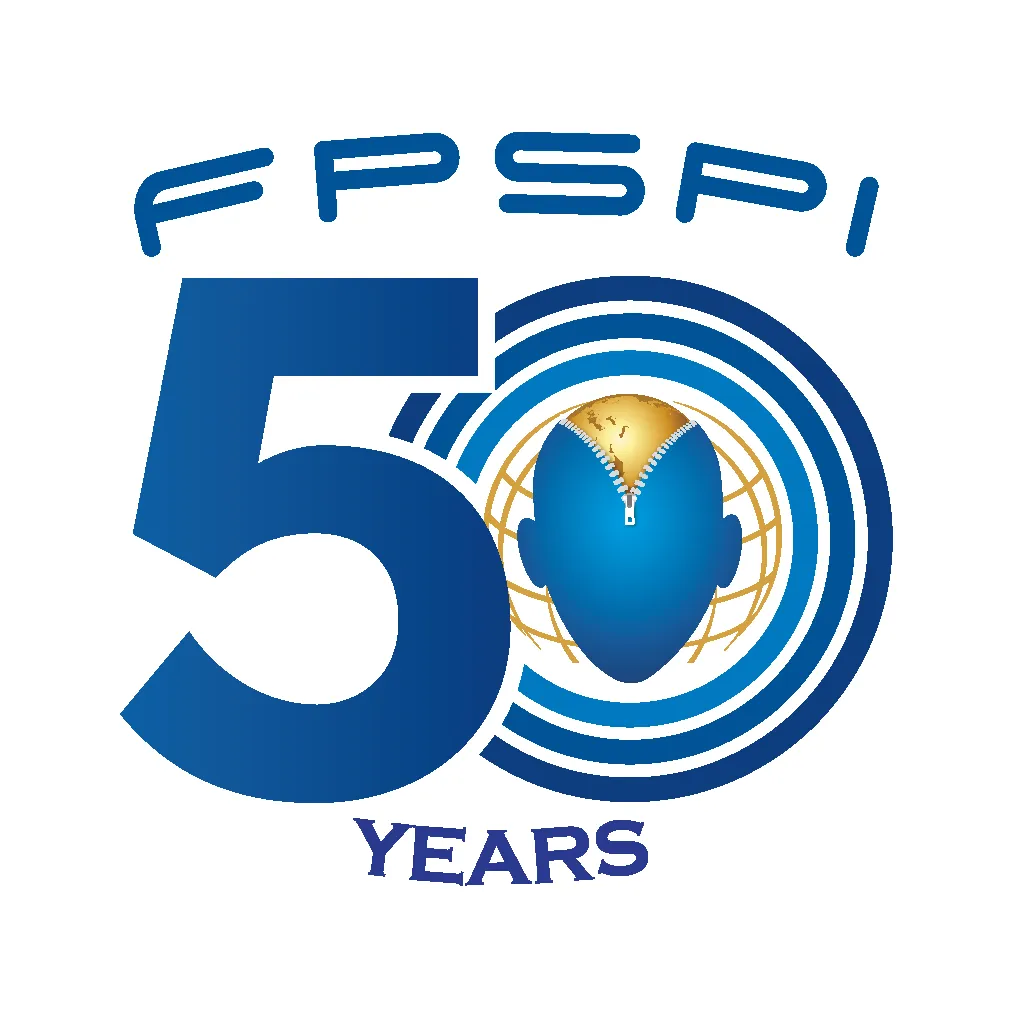Community Problem Solving helps students develop skills in research, analytical thinking and problem solving, leadership and teamwork.
Students may engage in research, fundraising, community outreach, information development and dissemination, documentation and evaluation, and can learn powerful lessons about creating change, about dealing with local authorities and organisations, and about making a positive impact.
CmPS
- Engages students in the real world using independent thought and action
- Apply the problem solving process to real and current problems in their communities
- Stimulates critical and creative thinking skills
- Fosters collaboration and teamwork
- Encourages students to develop a vision for community improvement



